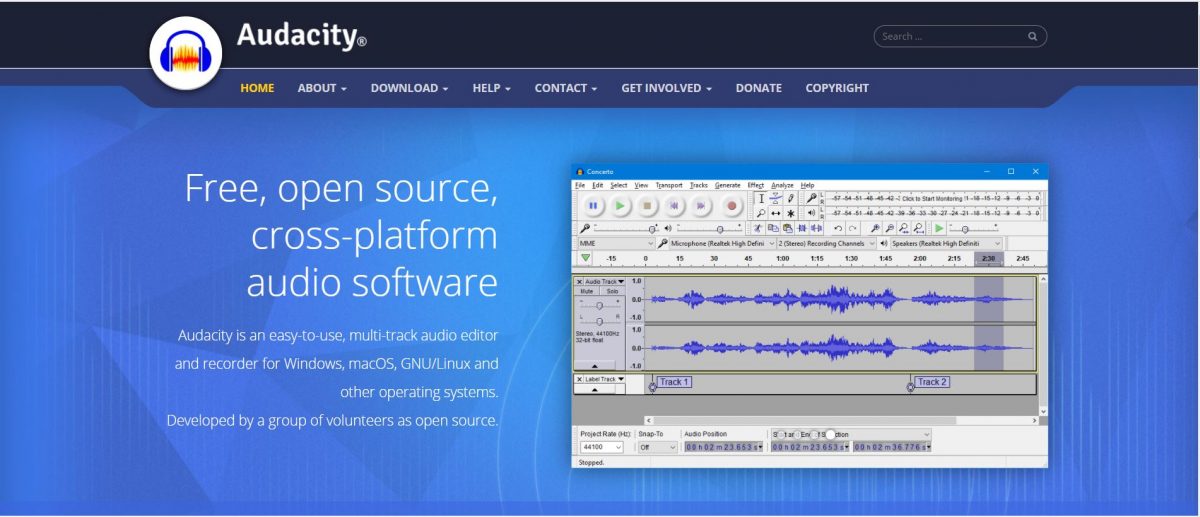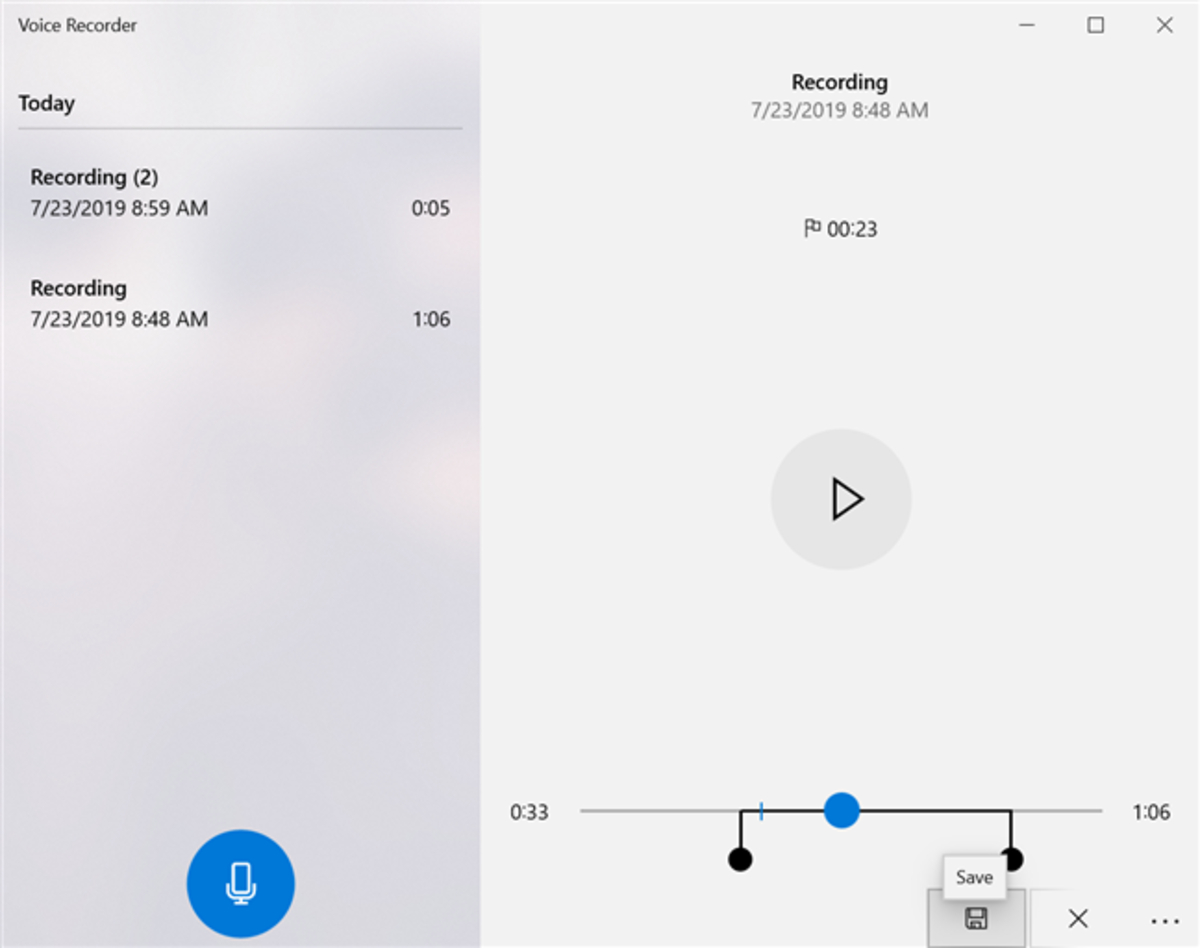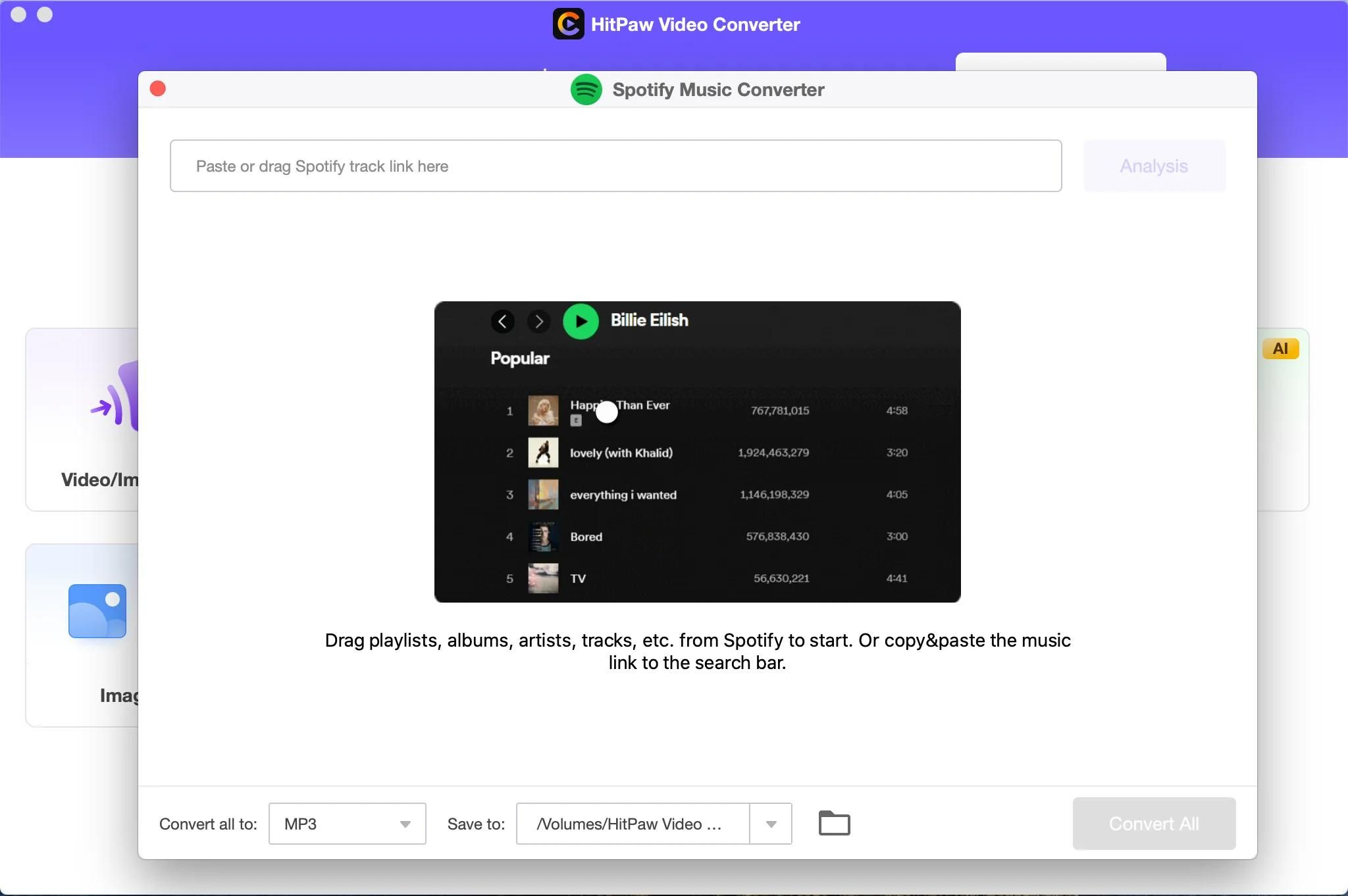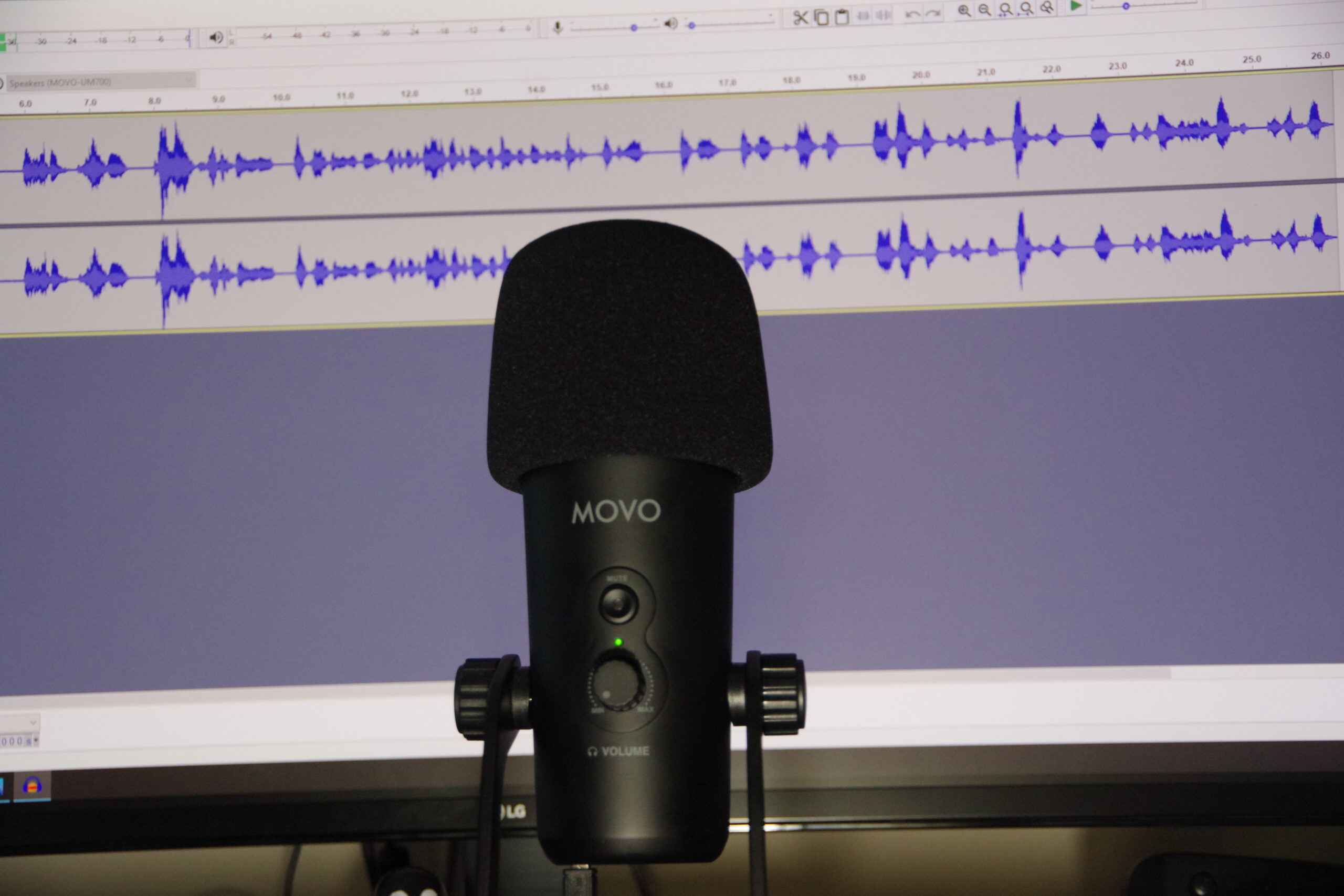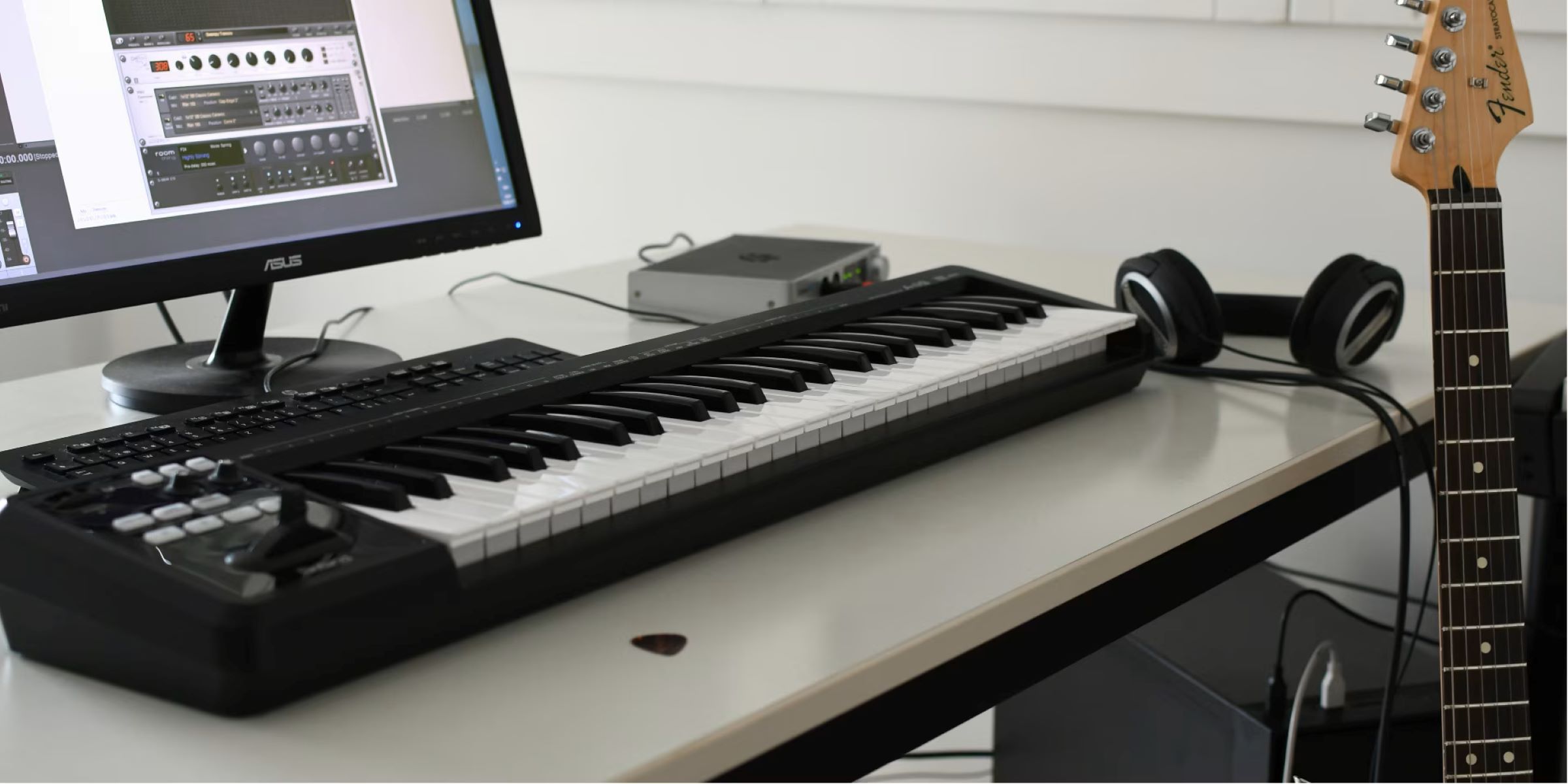If you are a musician or a podcaster, having reliable sound editing software can quickly fix and arrange your audio files. The internet is home to varied sound editing programs and applications. However, some of them do not provide a lot of functions for free. The good news is there is Audacity, an excellent program for audio editing that has a lot of free and useful features. You can even do direct, live recordings and edit them simultaneously. To help you begin your recording and sound editing venture, we have curated an Audacity tutorial and review.
What Is Audacity?
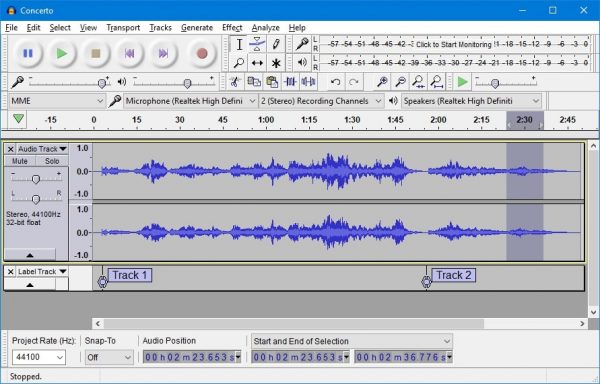

Audacity is one of the most popular, powerful programs that’s been available for years already. What’s more, the software is free to download. It is also open-source software, and you can expect a robust community to help you learn how to use it. The program has a lot of features you can utilize for free, from recording and editing to applying effects and improving sound quality.
Music and sound files do not typically get published and distributed without being edited, and Audacity may be the most accessible tool for aspiring musicians, podcasters, and vloggers. Unless you do your recording in professional studios, your sound file may contain various interferences and unnecessary noises that need to be removed before sending out its final copy. Many times, you also need to combine several music files—or, at least, several separate segments—to come up with a modified one. These are just some of the circumstances where Audacity may prove useful.
If you’re enjoying this Audacity tutorial, you might want to read our Ocenaudio review.
Audacity Tutorial: How to Get the Software


It is easy to get Audacity as it supports most major operating systems like Windows, macOS, and Linux.
- You simply need to go to their website, www.audacityteam.org and find the “Download Audacity” button. You can also go directly to the download page here.
- Select the appropriate OS version of your computer: Audacity for Windows (Windows 10), for macOS (macOS 10.15), and GNU/Linux (source code).
- After you click on the Download button, wait for your computer to download the program completely.
- Click on Install.
Audacity Tutorial: How to Set Up
After successful installation, it is essential to set up Audacity on your computer. For this part of our Audacity tutorial, we’ll talk about setting up and using the features. Of course, you need to let Audacity recognize your mic. To do this, here are the steps:
For Mac (OS X)
- Click on the little Apple logo in the top-right corner of your screen.
- Then, select System Preferences, and then Sound.
- Click on the Input tab and choose the mic you are using.
- Adjust the Volume level as deemed fit.
- Open Audacity.
- Ensure that Audacity recognizes your microphone.
- To do so, click on Audacity on the program’s main menu.
- Click on Preferences.
- Click on Sound.
- Make sure that it indicates the mic you are using and that the volume is appropriate.
- Next, click on Devices.
- Check that the program is using the mic you’ve chosen.
Take note that you need to plug in your preferred microphone first before launching Audacity. If you launch the program before connecting the mic, Audacity won’t recognize it. - Press the record button in case you want to test your mic.
- Make a brief recording to see if your mic is working properly.
For Windows (Windows 10)
- Permit Audacity to recognize your preferred microphone.
- To do so, head on to the Control Panel.
- Go to Sound Settings.
- Choose “change system sounds or manages audio devices.”
- Under Audio Input Devices, choose your preferred mic.
- Check your computer’s Audio Input properties and adjust your volume level.
- Next, open Audacity.
- To ensure that Audacity recognizes your preferred microphone, head on to the Edit menu.
- Click on Preferences and then Settings for Audio I/O.
- Be sure that it indicates your preferred microphone as its default microphone as well.
- Take note that you need to plug in your preferred microphone first before launching Audacity. If you open Audacity first before plugging in your mic, the program won’t recognize it.
- Test your mic the same way you did it for the MacOS version.
Audacity Tutorial: Features and How to Use Them
It’s time to go deeper and explore all the features you can use on Audacity.
Using Your Pop Filters
Now that you’re ready to begin your Audacity experience, it is crucial to know how to maximize Audacity’s pop filters. Doing a high-quality recording can be achievable by using the program’s pop filters. These filters improve sound quality, permitting you to eradicate—or decrease—the “pop” sounds you make, including the audible breaths you take. You can also speak on the side of your microphone to help improve your voice quality further.
To use the pop filter, do the following steps:
- Find a nylon pop filter. You can also find metal ones but nylon filters provide better quality.
- Attach the filters based on the manufacturer’s specifications.
- Modulate your voice. Be conscious of your letters as they may sound the same in the recording.
Checking Your Sound Levels
To be more accurate, check your volume levels directly on the program. To do so, follow the steps below:
- Select your recording implement or device from the Device toolbar.
- Via the Mixer toolbar, adjust your recording level.
- Maintain your maximum levels at -6dB to leave some allowance for your editing later.
- Check that your sound card and operating system allows you to adjust volume levels via Audacity. You should be able to see the volume slider via the program.
Using Fade In and Fade Out
Audacity’s Fade In and Fade Out features permit you to have a clean and professional polish for your podcast or sound file. To obtain that, do the following steps:
- Highlight the segment of the track that you choose to fade in or out.
- Go to the Effect menu.
- Opt for either Fade In or Fade Out.
Using Chains for Combination Effects
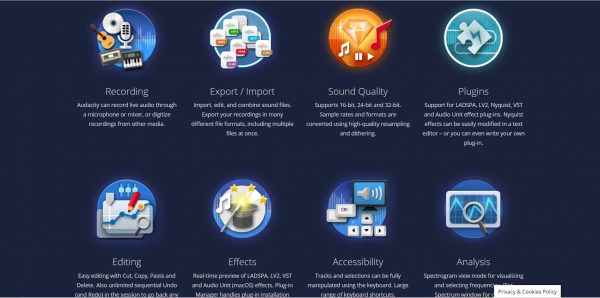

Audacity permits you to use chains, as well. You can either use Batch Processing or Effects Automation. Chains permit you to expedite your workflow.
- Pinpoint the techniques that you use for each podcast or recording.
- List down the technique sequences you identify.
- Using the Export WAV command, you can use your intro or outro as a segment of your chain.
- To create your chain, click on File > Edit Chains > Add.
- You can also add various commands and even set several parameters for each chosen technique within your chain.
- Click on Ok to finish.
- To apply your new Chain, click on File > Apply Chain.
Note that you can use your chain to your entire work or particular files only.
Creating Your EQ Setting
Plosives are the audible popping sounds you make when you say your letters—or words. For instance, in the phrase “Paper pencils picked by Peter,” the plosives are those “p” sounds you make. While pop filters help make your sound quality better, you can also use the help of Audacity to minimize those popping sounds.
To minimize those plosives, do the following steps:
- Highlight and pinpoint those problematic and audible sounds.
- Click on Effect.
- Click on Equalization.
- If you don’t see a Flat Line, select Flatten.
- Beginning at around 160Hz, place a curve that gradually drops from the middle by 2dB intervals, setting the last four intervals at -20dB each.
- Save the said curve style with a preferred, easily remembered name.
- Click on Ok.
- If you want to adjust multiple segments, go again to the Effect menu.
- Select Repeat Equalization.
- Check that your designated equalization effects are applied to your file.
Using Amplify
One of the most popular functions of Audacity is Amplify. To use this, do the following steps:
- Pinpoint the peaks and dips on your file that do not coincide with your preferred levels.
- Use a positive number to heighten a dip and a negative number to lower a peak. Do so by clicking on Effect > Amplify.
Note, however, that you shouldn’t use Amplify if you are using “DC Offset.” You shouldn’t use it either if you are using a Chain.
Using Compress
If your sound file is filled with numerous peaks and dips, the Compress function allows you to bring them closer together. Nonetheless, it would help if you were careful when using this function. A sound file can sound too flat when compression is overdone.
To do so, highlight the segment you want to bring closer together. Click on Effect > Compressor.
Using Normalize
This technique maximizes your file’s gain without the need for clipping. Note that you need to use Normalize when your track is using DC Offset. You can do this with “DC Offset Correction.” Also, do not use Normalize when your multiple tracks use varied volumes. You will lose these variations if you do so.
To use Normalize, highlight the segment or sound you want to modify. Click on Effect > Normalize.
Using Truncate Silence
When doing a podcast, in particular, it is best to remove the silences—especially prolonged ones—to keep it upbeat and flowing. To do so, here are the following steps:
- Highlight your track.
- Click on Effect > Truncate Silence.
- For your Operation mode, set to Truncate Detected Silence.
- In Level, use the recommended level. If you go lower this appropriate level, the effect won’t be applied.
- For Duration, provide a number for Audacity to follow. The program will ignore all the pauses that are longer than your appropriate duration.
- Set the Truncate control to 2-5 seconds.
- Set Compress to 50%.
Removing Hisses
Eradicate excessive “s” sounds by doing the following:
- Click on and Duplicate the control track.
- Place your control track into Waveform dB.
- Pinpoint the dB barrier that most of your sound file or track falls below to let all your “s” go above.
- Click on Auto Duck for the specific audio. It should be between -18dB and -20dB. A maximum of 0.1 seconds should be placed for your pause and fade in/out lengths.
Audacity Tutorial: Tips for the Best Editing Experience
To quickly edit your recordings like a pro, take note of these best practices when using Audacity!
Use Keyboard Shortcuts
You can use Audacity’s keyboard shortcuts, as well, to save more time. You can use these shortcuts, especially during playback. Some of the keyboard shortcuts you may find most useful are:
- Ctrl+N – to open and start a new project
- Ctrl+S – to save your current work progress (note that this is different from exporting your finished work; this will only save your file in .AUP format)
- Ctrl+Z / Ctrl+Y – to undo or redo
- Ctrl+C / Ctrl+Z – to copy or paste
- Ctrl+K – to delete the selected part of your audio
- Ctrl+L – to silence or mute the selected audio
- Ctrl+T – to trim the audio
Avoid Using MP3 Format When Editing
Although MP3 is an excellent and easily distributable format, it shouldn’t be your default editing file format. While it preserves your record’s sound quality, it doesn’t give you too much leeway for the different edits you plan to make.
For better sound results, you should use Audacity’s native recording format (AIFF or WAV) and then convert it to MP3 when it’s ready for distribution.
Save a Copy of Your Original Recording
Remember that Audacity does not allow you to reverse any changes once you save them. Any accidental deletions can never be retrieved. Always make a separate copy of your original sound file before importing it to the program.
Avoid Overdoing Effects
Audacity provides you with various functions, including truncate silence, noise reduction, reverb, and compress. However, you should always use these features in moderation to obtain the best quality for your recordings.
Pros and Cons of Using Audacity
Audacity is one of the most popular sound editing programs used by many podcasters and musicians. Nevertheless, it also has its faults.
Pros
- Free, open-source software
- Robust community, allowing you to learn the program with their help quickly
- Permits multi-track editing
- Vocal and noise reduction features
- Supports multiple platforms
- Live recording features
- Supports various file formats
Cons
- Potentially destructive to the files (edits are directly made; you need to save a separate copy of your original file)
- Saved changes are irreversible
- Complicated and challenging to learn for many
Audacity vs Competitors
Aside from Audacity, there are other sound editing programs available online. If you wish to check out these different applications and programs on the web, below is a list of the most popular choices. For this part of our Audacity tutorial, let’s take a look at its competitors and how they go up against each other.
Ocenaudio
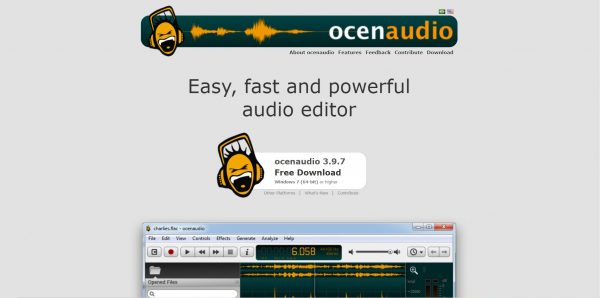

Like Audacity, Ocenaudio is freely downloadable. Unlike Audacity, however, Ocenaudio is more user-friendly. It has a beautiful, easy-to-use interface and provides users with essential sound editing functions, including a spectrogram. You can also directly record your sound files via the software. Ocenaudio allows you to use your preferred plugins since it has VSF support.
However, the program typically crashes or freezes when you attempt to use multiple heavy tracks. Ocenaudio is recommended for beginners and home musicians who merely want a sound editing program that offers essential functions. Like Audacity, Ocenaudio supports Windows, Mac, and Linux.
Chrome’s Hya-Wave
If you want a more lightweight application, you can check out Google Chrome’s Hya-Wave sound editing application. Hya-Wave is convenient for sound editors who travel a lot and have no other means to edit their audio or video files.
The application can be easily accessed via your browser, and so you don’t need to spend time—and computer space—installing the program. You can cut and paste your sound file into Hya-Wave’s dedicated space and do your edits there.
Using Hya-Wave, you can apply various live effects and even share them with your social media handles. The application provides your file with its URL, so you can send this link to your viewers. You can even save your file to the cloud, allowing you to access it via multiple devices.
WavePad
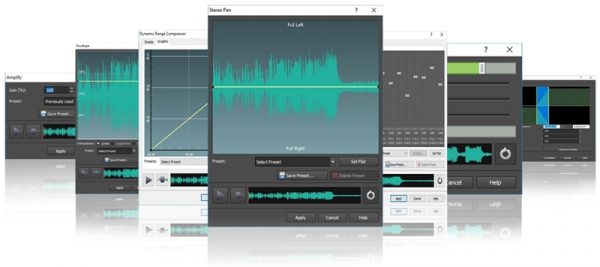

Like Audacity, WavePad is one of the best choices for beginners. The program is easily installed and also user-friendly. WavePad provides various sound editing functions, including reverb, noise removal, speed and pitch change, compression, and audio scrubbing. It supports several file formats such as AAC, GSM, OGG, VOX, FLAC, MP4, WMA, WAV, and MP3.
Adobe Audition
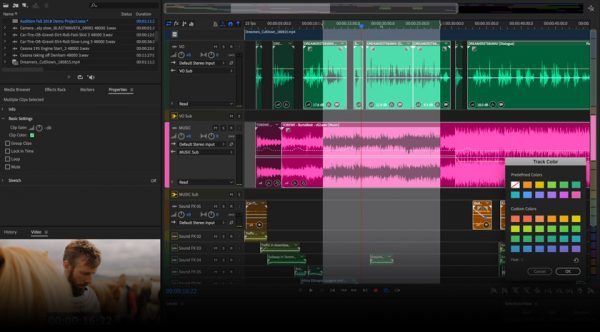

Another sound editing software like Audacity, Ocenaudio, WavePad, and Hya-Wave, Adobe Audition is considered by most as the best program available at present. Included in Adobe’s Creative Cloud, the program provides multiple sound editing functions. You can even use the expertly created tutorials to learn its uses further. Adobe Audition provides a restoration tool, enabling you to restore your file if you don’t like the edits you made. It is also customizable. However, the program is not available for free. You need to subscribe and pay an expensive fee to use it.









